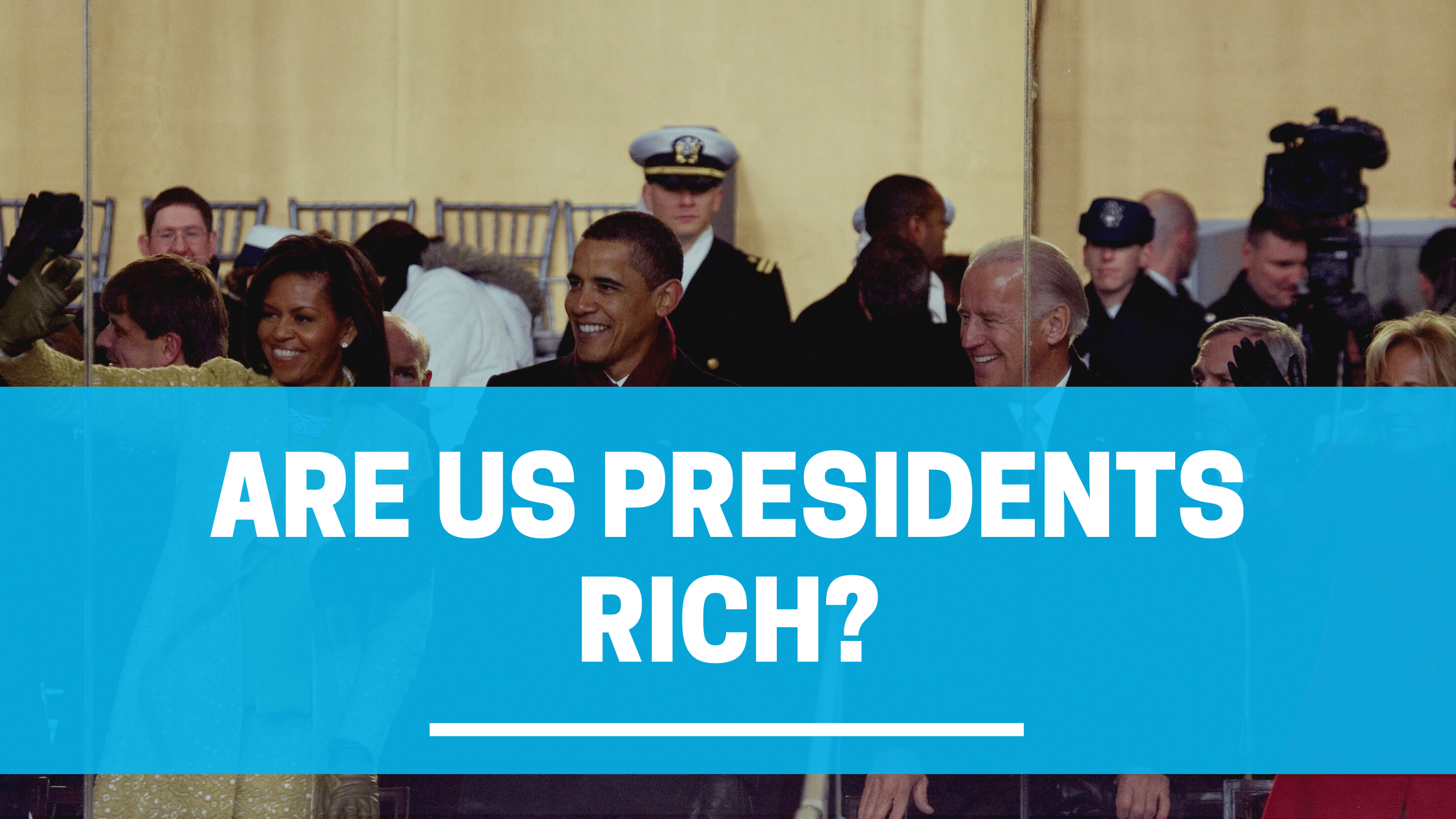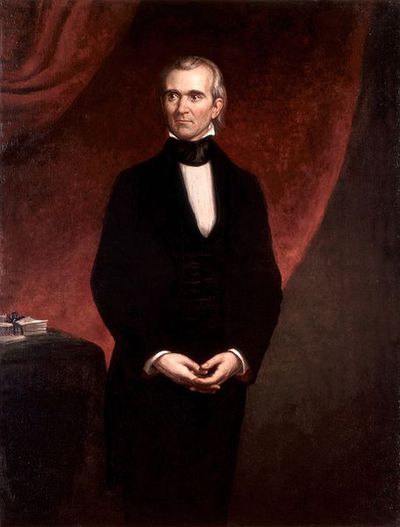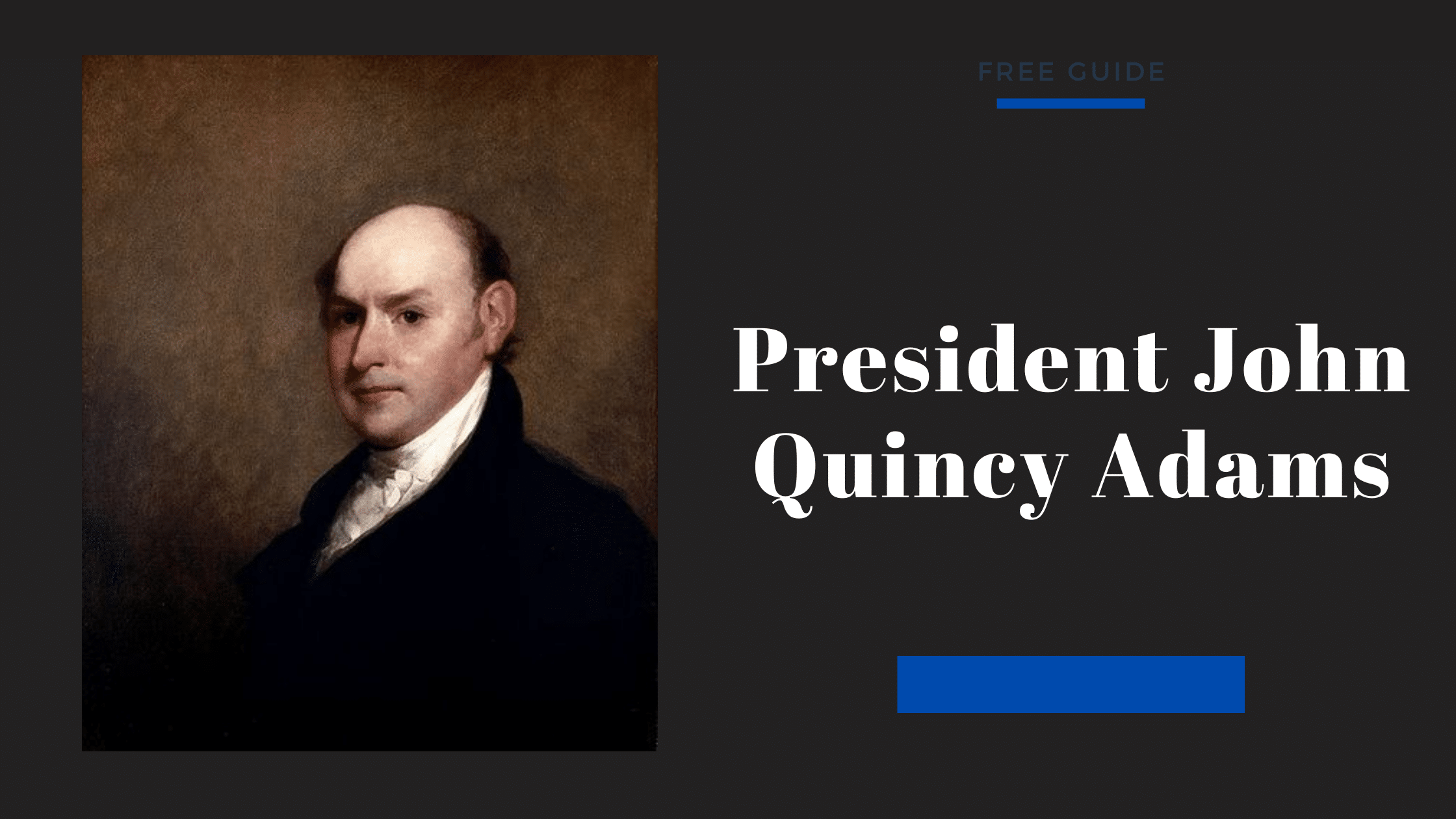Table of Contents
ToggleWhen was Theodore Roosevelt born?
Theodore Roosevelt was born in 1858.
Where was Theodore Roosevelt born?
Theodore Roosevelt was born in New York City.
How old was Theodore Roosevelt when he became president?
Theodore Roosevelt was elected at the age of 42.
What years was Theodore Roosevelt president?
Theodore Roosevelt was president from 1901 – 1909.
When did Theodore Roosevelt die?
Theodore Roosevelt died at the age of 60 in 1919.
How did Theodore Roosevelt die?
He died of a heart attack.
Spirit and Memory of Theodore Roosevelt
A handful of American presidents create a strong mental image when you hear their names. Theodore Roosevelt is one of those, and while much of his appearance and character has been exaggerated for effect over the 20th century, he was still an extraordinary figure. This is the president that we see on horseback out in the American wilderness rather than the one sitting behind the desk at the Oval Office. Yet, the spirit and actions of Roosevelt would shape not only the adventures of his short life but also define his policies in his political career.
Theodore Roosevelt’s early years.
The character quirks and spirit of Theodore Roosevelt were evident long before he took up the presidency or gave his most famous speeches. At just 23, Roosevelt was elected to the New York State Assembly. He was immediately seen as a different politician with an alternative upbringing and view of the world. In addition, his youth and confidence saw him challenge opponents and enjoy public attention.
Sad Events of Roosevelt’s Life
However, only a couple of years later, both his wife and mother died on the same day. The young Roosevelt took some time away to deal with his grief by relocating to a ranch in the Badlands of the Dakota Territory. This experience would allow him to get closer to the natural world and a different way of life. Elements of the skills learned here would influence how he lived his life. His time in Dakota certainly helped instill that respect for the natural world that was evident in his work as president.
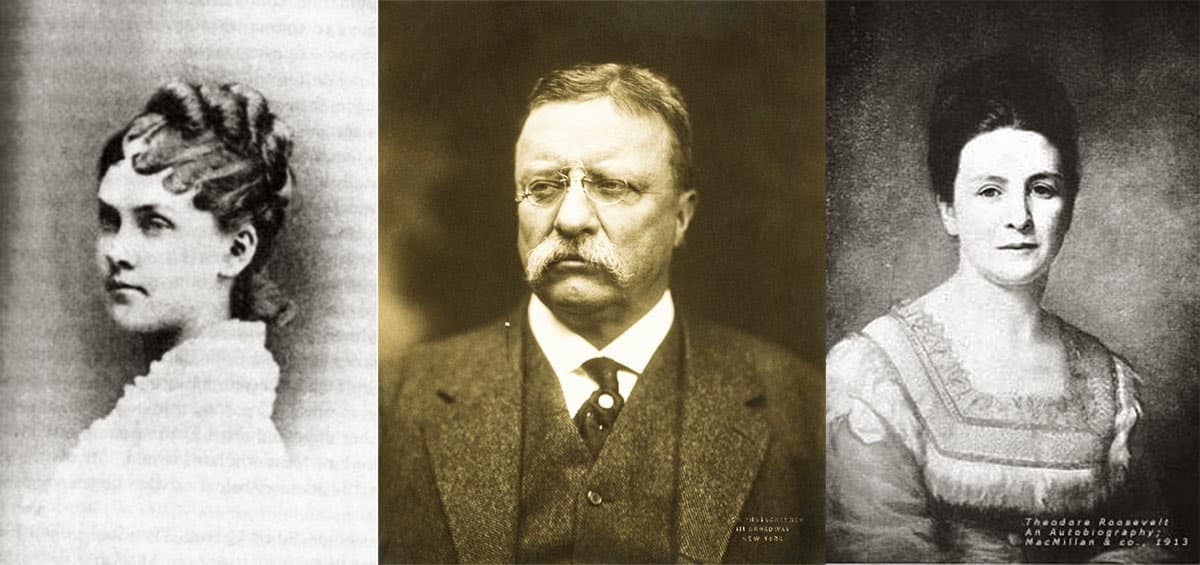
The political and military career of Theodore Roosevelt.
In addition to becoming a member of the New York State Assembly in 1882, he would rise to a minority leader in 1883. In 1895, he became President of the New York City Board of Police Commissioners. He would then be appointed as Assistant Secretary of the Navy in 1897.
In 1898, Roosevelt resigned from his role and created the Rough Riders. This was a voluntary cavalry unit that fought in the Spanish-American War. While they weren’t military men by standard definition, they were highly influential in the fight against Spain in Cuba. In addition, Roosevelt and his group took part in the capture of Kettle Hill and the seizures of San Juan Ridge.
Roosevelt, Governor of New York
In 1899, Roosevelt was elected Governor of New York, later leading to his nomination as Vice President in 1900. However, Roosevelt wasn’t in the role for even a year before President McKinley was assassinated, and Roosevelt took over as president. This made him the youngest president to take the job at 42.
Theodore Roosevelt’s 1st term and the Square Deal and Panama Canal creation.
Roosevelt’s presidency served as a chance to launch major projects that he felt were of great importance. First, on a domestic front, there was the Square Deal. The Square Deal focused on the “three C’s” of consumer protection, control of corporations, and conservation of natural resources. Much of this would go on to be realized in the second term.
The Foreign Front
On a foreign front, there was serious interest in Panama and the canal’s creation. There is the idea that by focusing his efforts on monitoring Caribbean nations, he could secure this ongoing project. However, the canal was controversial, and Roosevelt would face charges for paying the Panama Canal Company the equivalent of $11.38 billion in today’s money.
The creation of the Whitehouse press briefing room
During this term, there was another significant development that, while much smaller in scale, made a big difference to the Whitehouse and its image. Roosevelt had always been keen on keeping the press on his side and providing regular interviews and briefings. However, he realized that there was no need for the media to be outside in bad weather when he could provide shelter inside. Therefore, the Whitehouse press briefing room was created, providing a direct line and instant access to breaking stories.

Theodore Roosevelt’s 2nd term and the fight to preserve US land and monuments.
A big part of this fight to protect American land and monuments was the creation of the 1906 Antiquities Act. This act allows presidents to place protective orders on land and historical or cultural interest sites that may otherwise be under threat. The act remains controversial, with subsequent presidents either declining to use it or questioning previous decisions. But, others make good use of it. Roosevelt himself created 18 national monuments related to sites of significant interest to Native American people.
There was a drive to create an extensive national park program. Roosevelt created the United States Forest Service, which led to five national parks, 150 national forests, four-game preserves, and 51 bird reserves. This led to around 230 million acres being placed under public protection to protect the natural world and the landscapes of America. Theodore Roosevelt would use many executive orders for wildlife protection. At the same time, his fifth cousin Franklin D. Roosevelt would continue extending park programs with job schemes and increasing visitor numbers.

Get Smarter on US News, History, and the Constitution
Join the thousands of fellow patriots who rely on our 5-minute newsletter to stay informed on the key events and trends that shaped our nation's past and continue to shape its present.
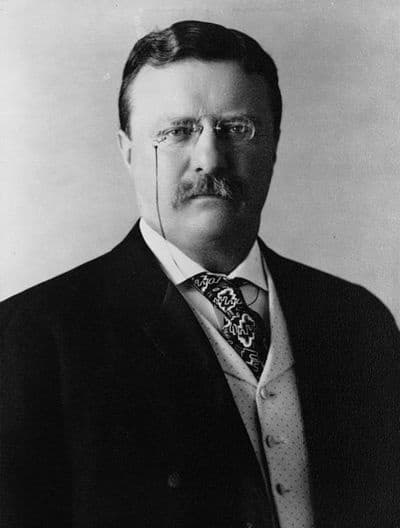
Food standards in the USA also improved under Theodore Roosevelt.
Food standards were a big issue for Teddy Roosevelt. He shared public concerns about a lack of regulation in creating food and drugs, as there were ongoing risks from misleading labels and additional chemicals. Today, we are used to having the FDA overseeing everything and placing their approval on any new drug or food product that enters the market. In addition, they help to ensure that labels are informative and accurate. This all came about from Roosevelt’s creation of the Pure Food and Drug Act. At the same time, he passed the Meat Inspection Act of 1906, which allowed for similar protections for meat products.
The Nobel Peace Prize.
In 1906, Theodore Roosevelt won the Nobel Peace Prize for his work in the Russo-Japanese War. He worked to broker peace between the two empires without either feeling they had lost power – all while getting the two sides to agree to evacuate Manchuria. The Treat of Portsmouth was an important step, and Roosevelt was recognized for his work and America’s place in global diplomacy.
The “Bull Moose” runs for re-election with the Progressive Party.
Theodore Roosevelt ran for president again in 1912. A series of Republicans from Ohio had originally endorsed him, but Roosevelt would cut his ties to create the Progressive Party. The plan was for the party to become an actual opponent to the main political parties with Roosevelt at the helm. Instead, the party gained the nickname the “Bull Moose Party” based on a term for Roosevelt. He once told reporters that he was as fit as a bull moose, and the term stuck.
Roosevelt would go on to use it in his campaigns. However, the election campaign was unsuccessful, and Roosevelt never got his third term. This then allowed him to follow other interests.
The assassination attempt of 1912.
One of the most infamous stories about Theodore Roosevelt occurred around this bid for a third term. Roosevelt was giving a speech on the campaign trail in Milwaukee when he was shot by a saloonkeeper called John Flammang Schrank. The story is that despite being shot, the former president would finish his speech before receiving any medical attention. This is indeed true, as is the story that he called on his supporters not to harm the shooter. Instead, he would declare to his supporters that yes, he had been shot, but “it takes more than that to kill a Bull Moose.”
The reason for this extraordinary decision was that Roosevelt had deduced that the injury was not critical as he wasn’t coughing up blood. He decided he would be fine to continue as his lungs were not affected. He was correct as the bullet had lodged in his chest muscle instead. Doctors ended up leaving it in place to avoid further complications. This happened because the bullet’s impact was weakened by the 50-page copy of the speech and eyeglasses case in his jacket pocket.
Theodore Roosevelt, the explorer, and his work with zoological institutions.
Roosevelt’s work would continue after his presidency with a series of tours and expeditions. For example, in 1909, he took part in the Smithsonian-Roosevelt African Expedition. The aim was to travel across east and central Africa to bring back specimens to the US. These trips were to collect a range of species. Those living in the US could see the animals and learn from them.
Although controversial now, these expeditions were deemed essential in enhancing zoological study and greater interest in the natural world. The team killed or trapped around 11,400 animals across a broad range of species. A similar expedition would take place under the funding of the American Museum of National History in 1913, as Roosevelt worked with a team in South America.
Theodore Roosevelt’s injuries and declining health.
These expeditions would take their toll on the former president, and he developed illnesses from which he would never fully recover. While in Brazil, he suffered a leg injury while trying to stop the team’s canoes from crashing into rocks. That injury led to an infection and tropical fever. It is believed that health issues following the bullet injury worsened the situation. There was a point where Roosevelt thought himself to be such a burden that he told the rest of the party to go on. He proposed taking a morphine overdose, but Kermit talked out of it. Unfortunately, many diseases had lingering effects, and he experienced deteriorating health for several years.
Theodore Roosevelt’s death and funeral
Roosevelt died on January 6th, 1919. The cause of death is reported as a blood clot detaching from the leg and entering the lungs. He had been ill for a long time, and the event happened during his sleep at his home in New York – a far more comfortable end than the proposed overdose six years prior. He was just 60 years old.
Vice President Marshall said at the time,
“Death had to take him sleeping, for if Roosevelt had been awake, there would’ve been a fight.”
The funeral was small and quiet, but small events marked his passing across the country, with President Wilson flying the flag at half-mast.
Roosevelt was then buried in Oyster Bay Cove in New York.
Memorializing and remembering Teddy Roosevelt.
There are two lasting memorials to Theodore Roosevelt that stand out and are entirely different from each other. The first is the inclusion of Roosevelt in the Mount Rushmore Memorial. This memorial was created in 1927 to honor past presidents. Roosevelt takes pride of place beside Washington, Jefferson, and Lincoln. While the decision may have had a lot to do with timing and his reasonably recent death, many would argue that he would still cut it today.
The other is the Teddy Bear. This classic stuffed animal got its name from Theodore Roosevelt, Teddy’s nickname. The story is that Roosevelt was out on a hunting trip when he found that others in his party had tortured and tied up a bear for him to shoot. He called the idea unsportsmanlike and refused. This sense of regard for the bear lead to the creation of Teddy’s Bears and the name Teddy remains an everyday reminder of the president and his stance on the natural world.
Theodore Roosevelt lived a short but adventurous life that would shape the landscape of the US.
Whether or not you agree with Roosevelt’s politics and motives, as well as his actions regarding nature and the environment, he was influential. The landscape of America and the protection of land and monument began with him. Roosevelt will be long remembered as the adventurous progressive that achieved an incredible amount in his 60 years.

